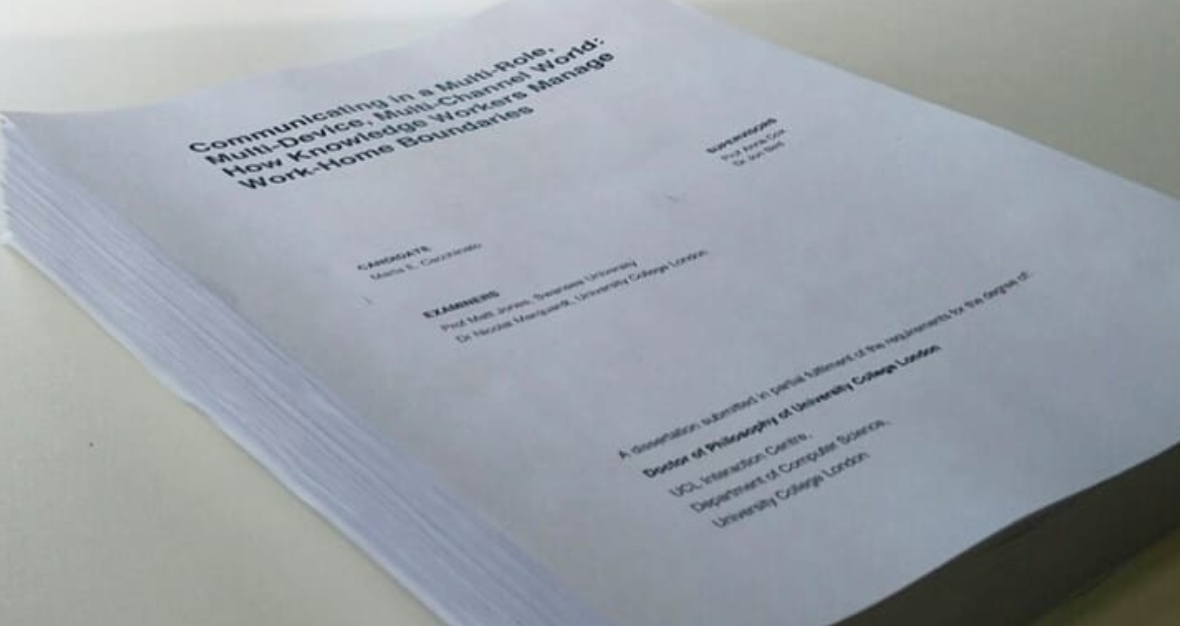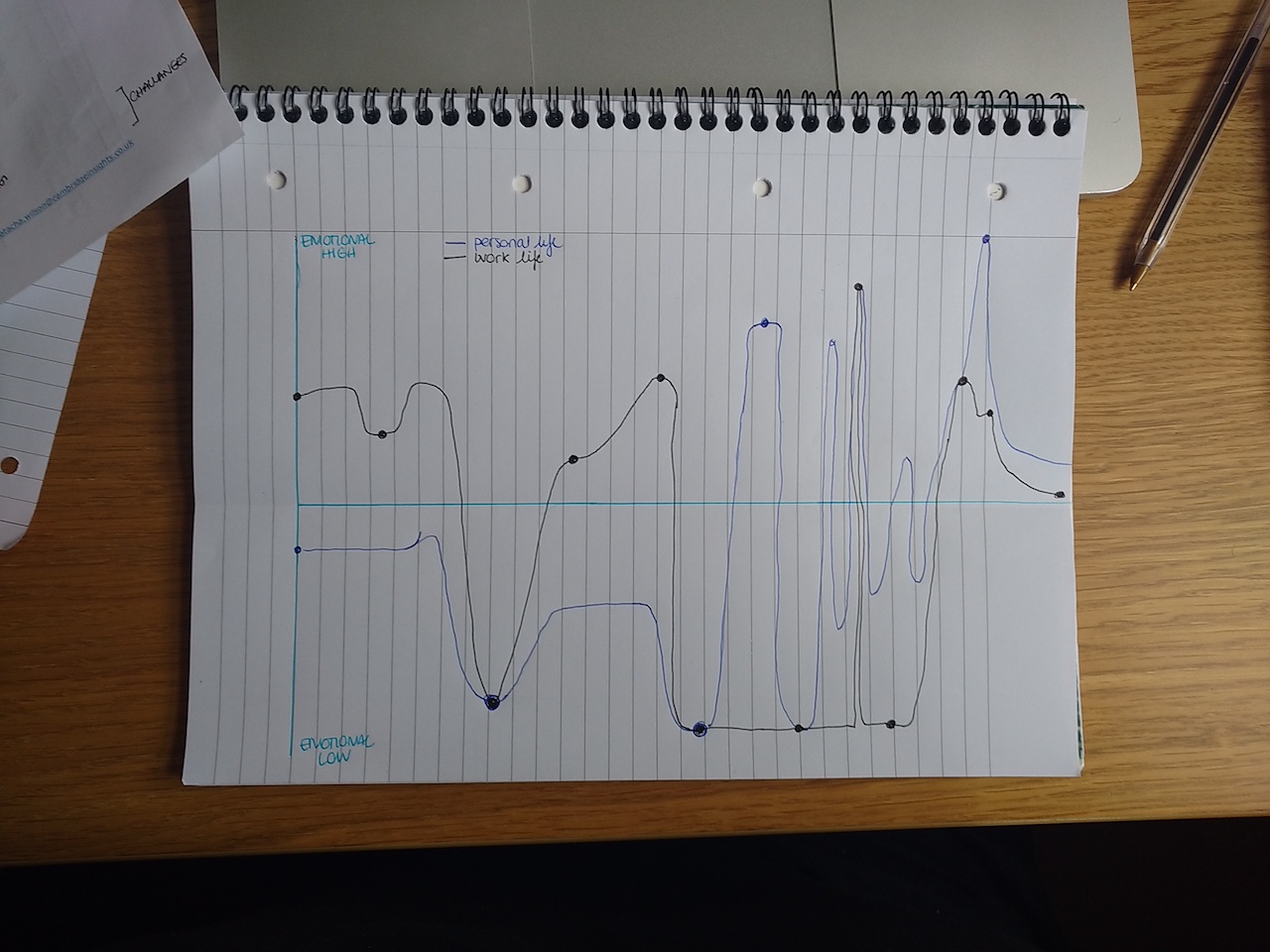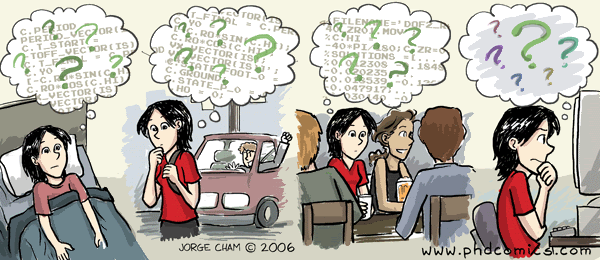When running a qualitative study, several people by now have pointed out the format of my interview questions and asked me why I use mind maps instead of a list of questions. They all seemed generally curious and intrigued by my choice, and some have even recommended them to their students. So I thought of sharing what led me to this choice and how I use mind maps for interview questions.
The one thing every website, book, person recommends when doing interview studies is to act natural, so to make the other person feel comfortable. Not having much experience with interviews, I knew it was going to be hard for me to feel relaxed, let alone make my participant feel relaxed!! So I gathered as much information as possible and did a few pilot interviews. During the pilots, I realised having a laptop to take notes created a wall between me and the participant, and made them feel conscious and worried about what I was writing. I also had pages of typed out questions, but as I progressed through them, I would get distracted from the flipping and turning of paper and would not only forget to ask some questions, but also lose my trail of thoughts. I knew then I needed to have all my questions on a single page, organised in a neat and glanceable way. More importantly, though, I needed to prevent myself from running through the questions in a structured way if I was doing semi-structured interviews! So I decided to use mindmaps. Having used them for several successful studies now, I wanted to share basic tips on how to build them:
- Find a tool that you like. I use SimpleMind Free for Mac, because it’s free and incredibly simple to use. It lets you select the format and allows you to colour code your mindmap.
- Use the central node for the name of your study. Make it short, but descriptive. When you start having multiple mind maps, you just have to glance at the centre to recognise which study the questions refer to. For example, if you are interested in studying birthday behaviour, it can be “happy birthday study”.
- Define each branch from the centre with a theme. I like to colour code each branch to make the mind map more glanceable when I’m interviewing. I also write one-word theme before the questions. That helps me introduce the topic XYZ if needed (“Ok, now I would like to move on and ask you about XYZ. *ask question*”). This will also help in the analysis.
- Write down the questions as you would say them, including all variations and follow-ups. This is especially important if you happen to panic and your mind goes blank. But it also forces you to think what are all the possible options you might have not considered. For each question, I have other ones coming out that I might want to use as follow-ups, such as “why?“. As you get more comfortable during the interviews, you won’t be reading the questions as much, and you’ll only be glancing at the general topics/themes.
- Consider the order in which you write the questions. If you are already thinking about what themes/topics you want to cover and how they connect to each other, you can lay out the questions in a logical order. Say you want to ask participants about birthday wishes: you might want to ask them first how they feel about receiving birthday wishes, and then how they feel about giving birthday wishes to other people, or vice versa, depending if and how you want to prime participants. However, in semi-structured interviews, you need to be flexible and use participants’ prompts to keep the conversation flowing. So I generally write the questions in an anti-clockwise intended order, knowing that questions might jump from one side to another of the mindmap.
- Colour-code the mind map to make it glanceable. I use different colours for each theme/topic. I also use grey to refer to questions that take me outside of the mindmap and interview setting (e.g. “Can you walk me around the house and show me what gifts you received?”), or to signal questions that might refer only to a subset of people (e.g. “you were born on the 29th February. Can you explain how you celebrate on leap year vs other years?”), or even to remind you to do something (e.g. give the participant their voucher).
- Introduce the mindmap during the interview. Before you start your interview, let the participant know that those are your questions and reassure them that it’s not as many as it looks (if that is the case). This will also allow you to say something like “I’ll just have look to make sure I didn’t forget anything” at the end of the interview when you review your mindmap.
- Add questions if needed. As you interview more people, topics that you had not considered may come up in conversation and you might want to add them to your list of questions. Updated your mindmap if needed. You will find that as you progress, you will start to get a sense of how long an interview might be, based on how dense your mind map is.
- Print one mindmap per participant. This way you can take notes next to each relevant question, and you have a quick record of what questions were asked (i.e. had you added any questions compared to the previous interview) without having to read through the whole transcript.
- Best of luck!



0 Comments